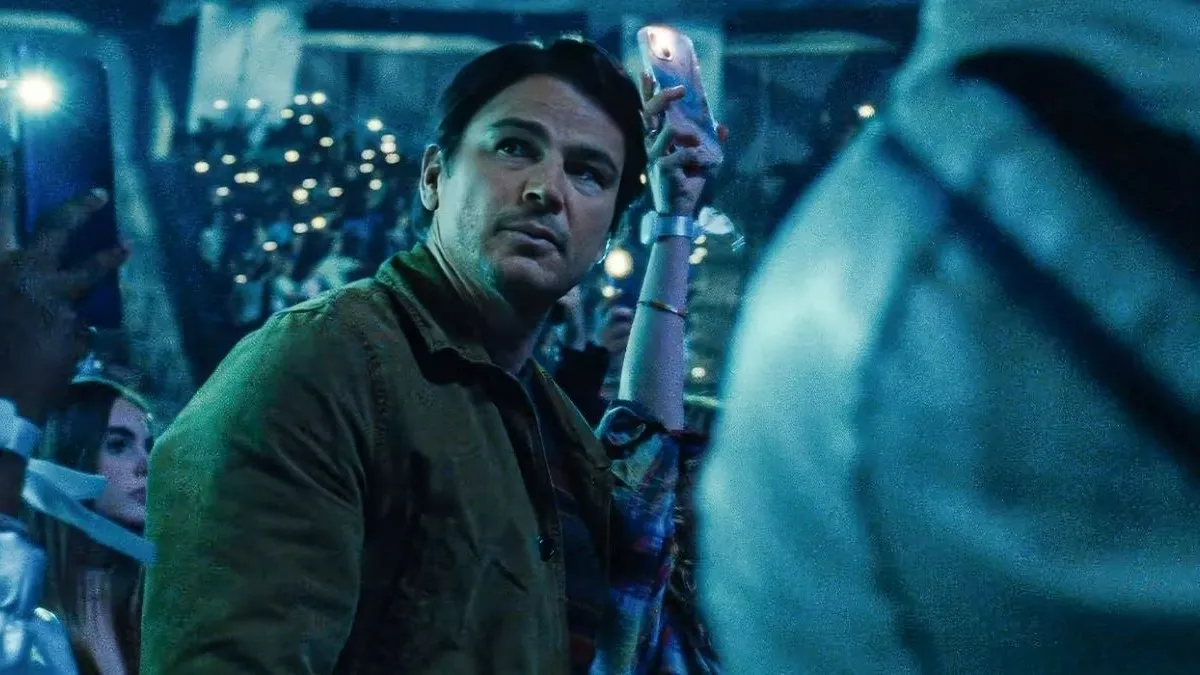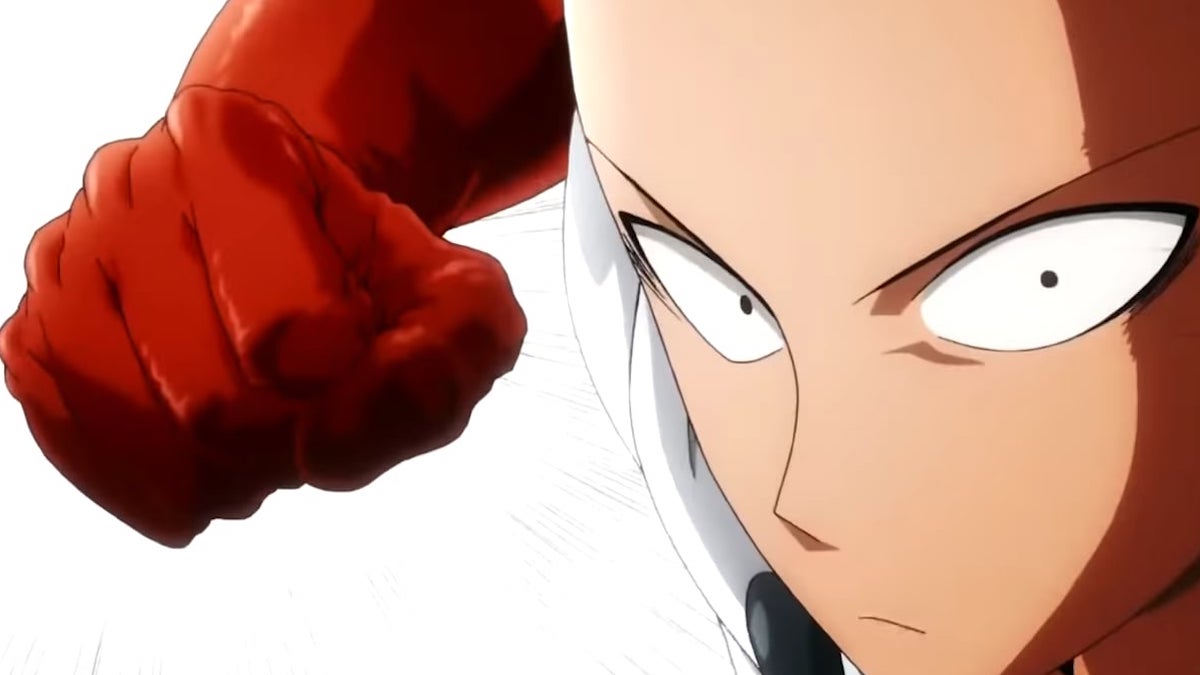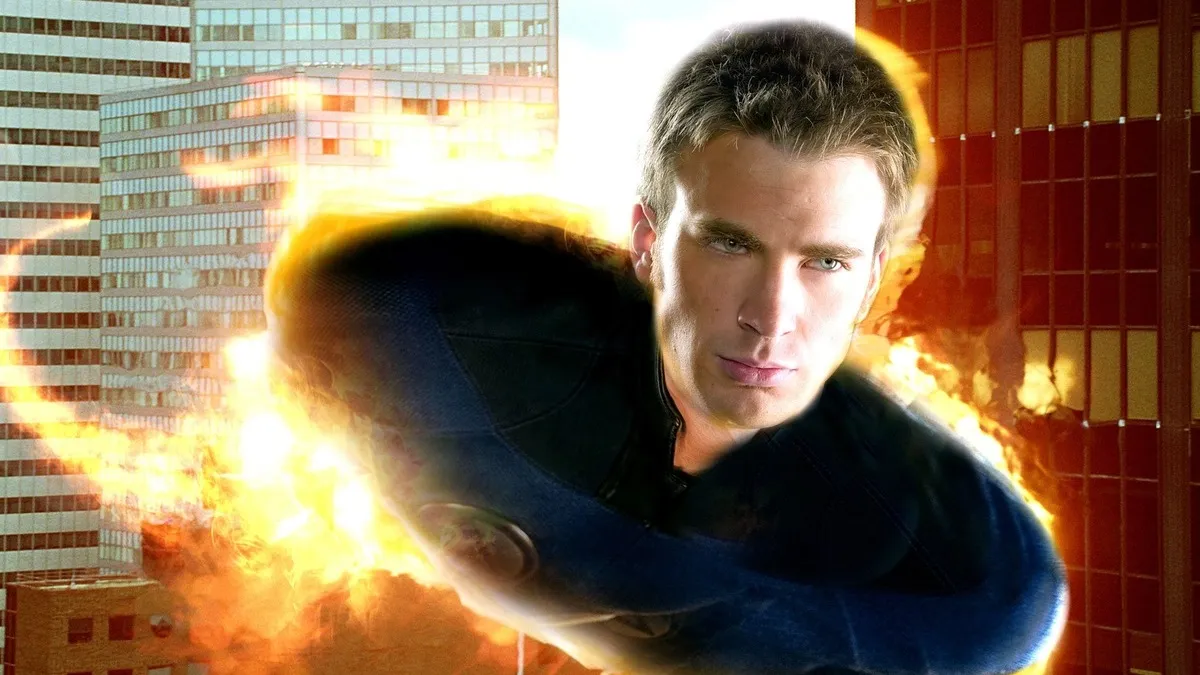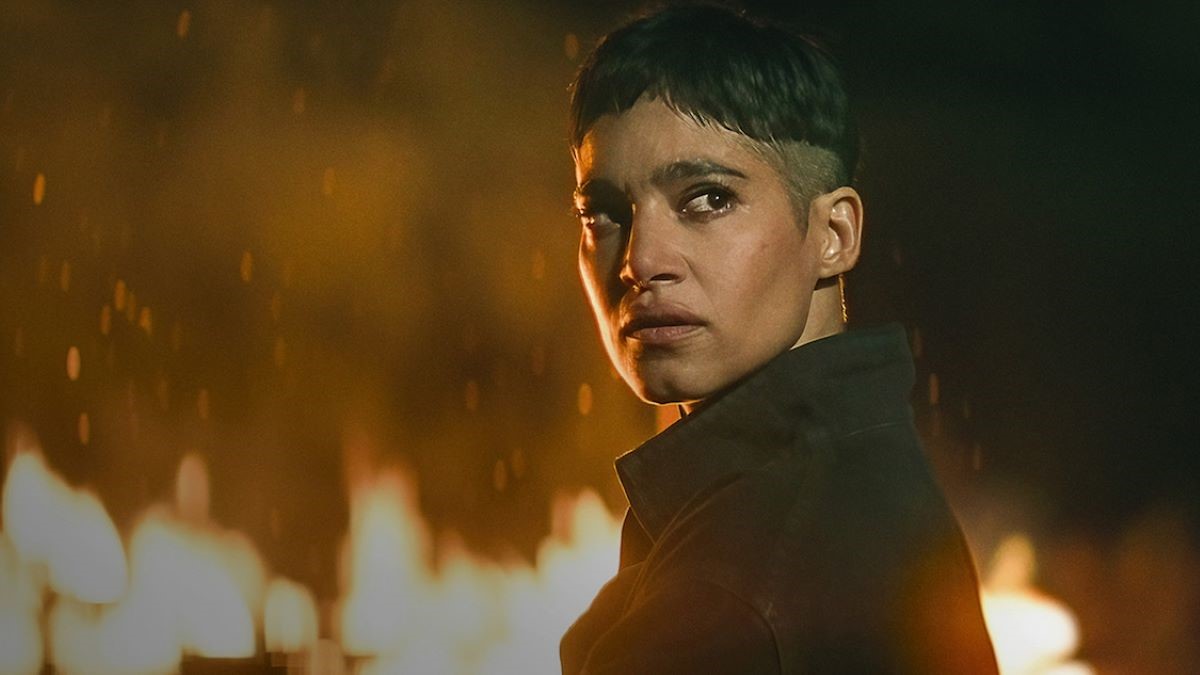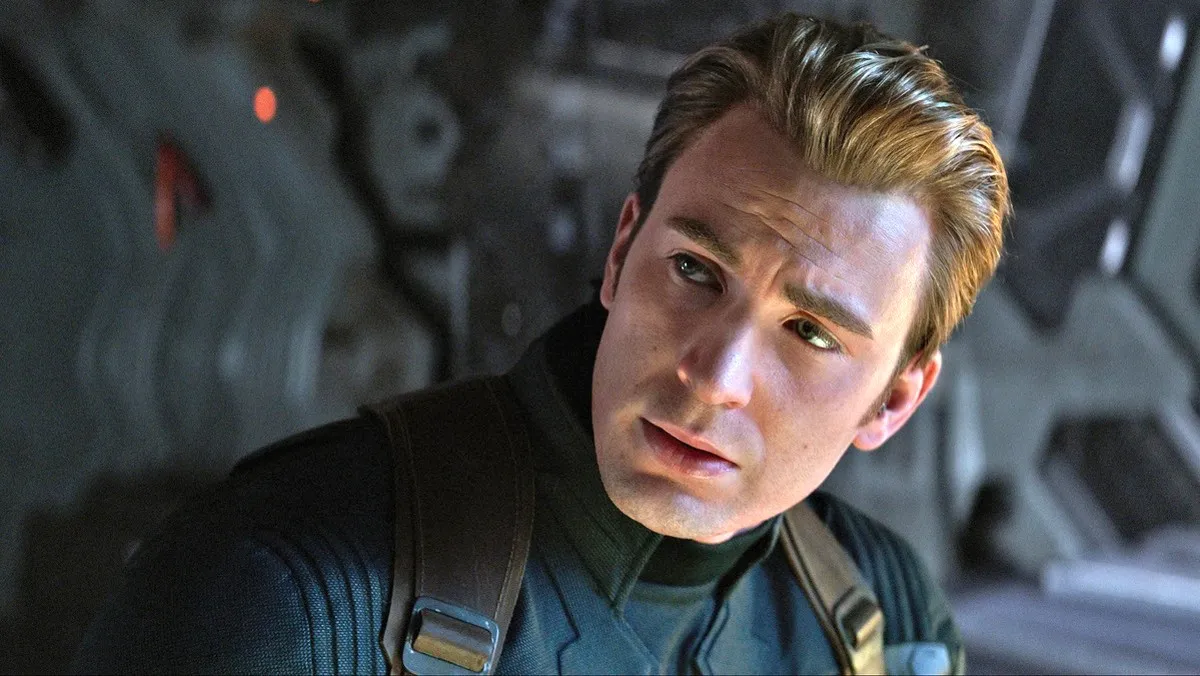
Despite featuring psychedelic animation deserving of a canvas only movie houses can provide, The Congress is getting a more fitting release on VOD later this month. The lengthy history behind director Ari Folman’s follow-up to the mesmerizing Waltz With Bashir proves that you don’t have to be Richard Linklater to have the life of your passion project stretch out beyond typical production limits. Conceived in 2008, funded and shot in 2011, and finally premiered at Cannes in 2013, The Congress getting an on-demand release this month provides the ironic cherry on top of a film already awash in confounding self-awareness.
Robin Wright stars as Robin Wright, an actress of fading stature in the Hollywood system that made her famous with hits like The Princess Bride and Forrest Gump. Introduced breaking down at the sound of her agent (Harvey Keitel) recounting her rise and fall from stardom, The Congress sets out immediately to knock down barriers separating fiction and reality. For all intents and purposes, the Robin Wright of The Congress is the Robin Wright of the real world, a talented actress struggling to make a living in an industry that rarely accommodates women over 40.
The live-action first half of The Congress was shot before Wright’s career got a boost by out-acting a full-ham Kevin Spacey on House of Cards, a TV series made possible by new technology that challenges traditional production and distribution models. The growing ubiquity of Netflix and streaming technology is a real world wrinkle that Folman couldn’t have accounted for when first developing The Congress, but it does synthesizes nicely with the film’s quasi-sci-fi hook. With parts almost non-existent for women of her age and reputation, Wright is offered a life-changing role by Miramount Studios, one contractually obligated to be her final performance ever.
Using advanced capture technology, Robin’s image and identity are scanned for use as a digital avatar. Flesh and blood actors have been replaced by computer technicians capable of tweaking their voices and movements to fabricate performances that can cross the uncanny valley between animation and reality. Released in a month where one of the most popular movies in theatres has actors digitized to be photo-realistic apes, The Congress’s exploration of the changing role that technology has in the studio system is a timely one. A terrific little scene where Robin meets a man she once knew as a cinematographer, but who is now running the scanner machines, cuts to the quick of the film’s elegiac fondness for traditional modes of filmmaking. Just like the below line talent, rapid changes in culture and technology force Robin to make difficult choices in order to carve out her place in a world obsessed with youth and novelty.

The film then picks up with Robin 20 years post-scan, at which point The Congress literally drives headlong and off a cliff into a wonderland of 2D animation. Positing that the not-too-distant future will see 1%ers of the world escaping to a pleasure plane of alternate reality, Folman effectively compartmentalizes The Congress between an insightful live-action industry dissection, and an ambitious computer-drawn existential crisis. Waltz With Bashir used animation to visually represent the filtering one does to separate memory from history, but The Congress instead looks to the future, one viewed through a cartoon kaleidoscope that blends hallucination and anxious self-deception to the point of inseparability.
Some degree of order exists within the cel-based carnival that Wright finds herself apart of, but its inner workings aren’t really her concern, or Folman’s. There’s an Inception-style dream-logic governing what you see, but The Congress doesn’t go out of its way to explain it, leaving you to approach it on your own terms. Slathering itself in self-reflexivity early means that you’re never entirely sure whether it’s The Congress’s reality or unreality that’s on display. Due to imperfect timing and an accidental mouse click, I wound up re-watching 15-minutes of the film early on, and just assumed the repetition was intentional.
The story only gets more mind-bending as it jumps further in time, and in and out of Robin’s mind. Anytime Folman has something he wants to say about human progress on an individual or social scale, it necessitates saying so in the most blanket terms possible in order to draw a cogent point out of the overwhelming trippiness. Any message from The Congress finds better expression as interpretive image instead of a lucid statement, as Wright, while very good and occasionally great in her flesh appearances, is not a strong voice actress. Line readings from much of the vocal cast are flat and disconnected, with Wright’s in particular standing in apathetic contrast to a lively visual experience.
Appreciation for The Congress’s animation is the least complicated thing about it. Borrowing the look of early Disney and Popeye, and then sticking them in a paint can shaker operated by Yellow Submarine’s George Dunning, The Congress is a cornucopia of varied designs and influences. But the bright and densely populated animation doesn’t feel as tied to The Congress’s identity as Folman’s last film was; instead, it offers the viewer a visual way of processing the many interesting ideas and concepts that are always competing for oxygen in The Congress. It’s better Folman have too much to say than too little, but the fascinating individual elements of The Congress are too disparate, combining into a uniquely engaging, but scattershot whole that strains to find a light at the end of its rabbit hole.


